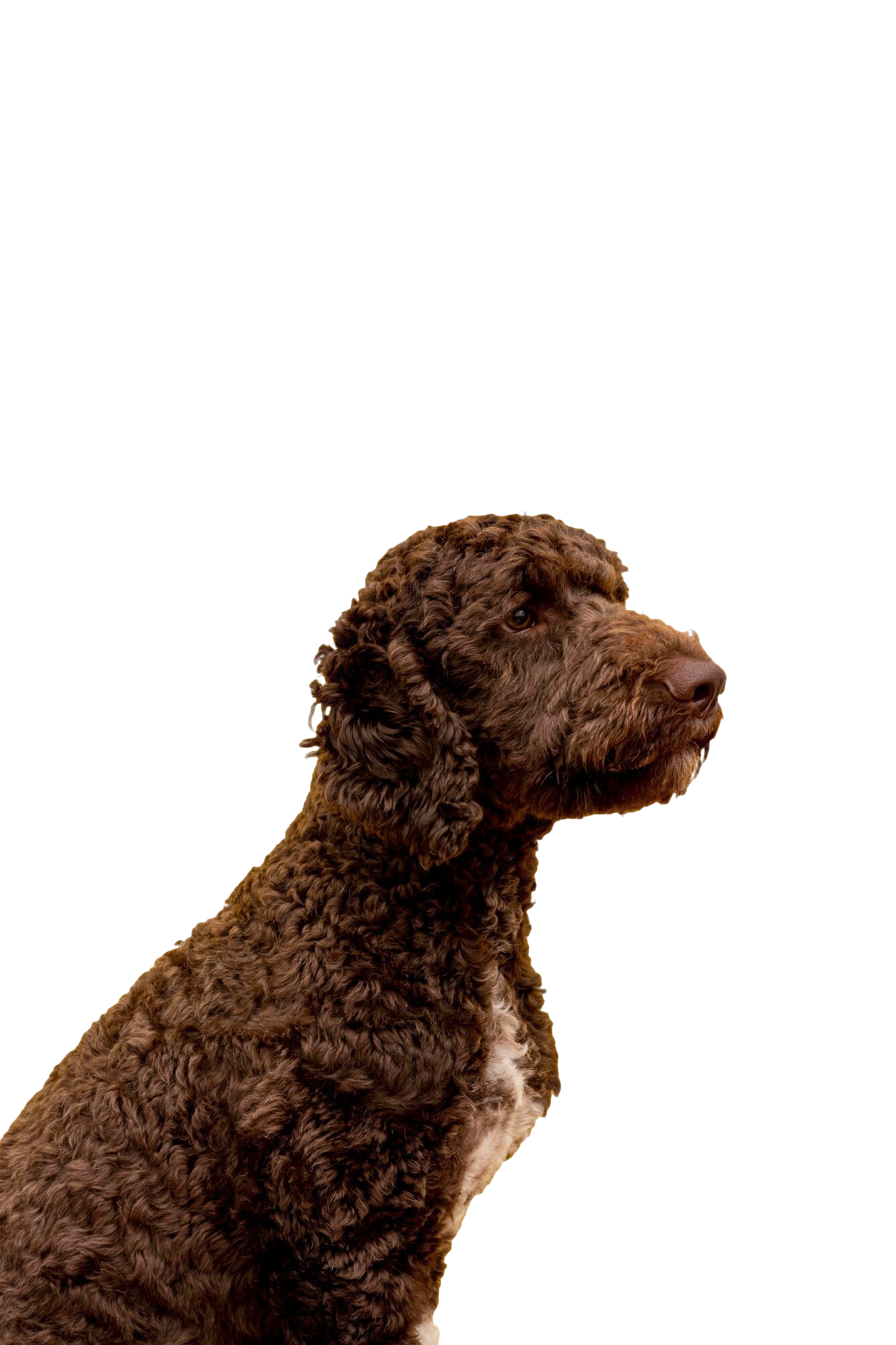Do Maltipoo Coats Change as They Grow
Do Maltipoo coats change as they grow? This is a question many new Maltipoo owners ask as they watch their adorable puppies develop day by day. Understanding how a Maltipoo’s coat evolves over time is key to properly caring for your furry friend, managing grooming expectations, and ensuring their comfort and health.
Maltipoos are a beloved hybrid breed, resulting from crossing a Maltese with a Poodle. Both parent breeds are known for their distinctive coats, but because the Maltipoo is a mix, coat characteristics can be unpredictable and may change significantly as the puppy matures.
In this comprehensive post, we will dive deep into everything about Maltipoo coat changes—from puppyhood to adulthood, the science behind coat development, grooming considerations, and how to adapt your care routine as your puppy grows. We will also provide a detailed list of top Goldendoodle breeders for readers interested in another popular hypoallergenic hybrid dog. Finally, we’ll cover a frequently asked question that many dog owners have about coat changes.
Key Takeaways
- The answer to “Do Maltipoo coats change as they grow?” is a resounding yes — their coat often transforms in texture, length, and sometimes color from puppyhood to adult.
- Coat type depends heavily on genetics, with some Maltipoos having curly Poodle-like fur, others a silky Maltese-like coat, and many a mix that evolves over time.
- Puppy coats are typically softer and thinner; as they mature, coats tend to thicken, curl more, or even change color.
- Understanding these changes helps owners adjust grooming techniques and tools for optimal care.
- Regular grooming from an early age is essential to manage shedding, mats, and maintain coat health.
- For related insights into dog health, especially joint concerns, you can refer to this expert guide on luxating patella in dogs.
Do Maltipoo Coats Change as They Grow? The Basics of Coat Development
Maltipoo puppies are born with a puppy coat, which is usually very soft, fluffy, and quite different from their adult fur. This puppy coat acts as a protective layer and is usually shed within the first several months, replaced by the adult coat which can have a different texture, curl pattern, and color intensity.
The coat change process is gradual and can take up to 18 months to complete, depending on the individual dog’s genetics and environment. During this time, you might notice:
- The puppy’s coat losing some of its fluffy softness
- Fur becoming denser or curlier
- Possible lightening or darkening of the coat color
- Variation in shedding patterns
Each Maltipoo is unique, so coat changes can vary widely. Some pups grow into tight curls similar to their Poodle parent, while others develop a straighter, silkier coat like a Maltese, or a mix of both.
Genetic Factors Affecting Maltipoo Coat Changes
The coat of a Maltipoo is the product of genetic inheritance from both parents. Here’s how genetics influence the changes you might observe:
Poodle Influence
Poodles have dense, curly, low-shedding coats that are often considered hypoallergenic. If your Maltipoo inherits more Poodle genes, their adult coat may be:
- Tightly curled or wavy
- Less prone to shedding
- Requires regular grooming to prevent mats
Maltese Influence
Maltese dogs have long, silky, straight coats that shed minimally but can be prone to tangling. A Maltipoo leaning toward Maltese genetics may have:
- A softer, straighter, or wavy coat
- Moderate grooming needs
- Coat color that tends to stay lighter or white
Mixed Coat Outcomes
Many Maltipoos have a combination of these traits, which leads to a coat that changes considerably as the puppy matures. For example:
- Puppy coat may be straight or wavy but develop curls over time
- Colors may deepen or become more pronounced
- Coat density can increase, affecting grooming frequency
Stages of Coat Change in Maltipoo Puppies
Stage 1: The Soft Puppy Coat (Birth to 3-6 Months)
Your Maltipoo’s first coat is soft and downy, designed for insulation and protection as a tiny pup. This coat is not the final texture or color your dog will have as an adult.
At this stage, the coat requires gentle care. Over-bathing or harsh shampoos can damage this delicate layer.
Stage 2: The Transitional Coat (6-12 Months)
Between 6 to 12 months, your Maltipoo will begin shedding the puppy coat and growing the adult coat underneath. This transitional period often comes with increased shedding and some patchiness.
You may notice changes in curl pattern, length, and even color during this phase.
Stage 3: The Adult Coat (12-18 Months and Beyond)
By 18 months, the adult coat usually has fully grown in. This coat will define your dog’s adult appearance, feel, and grooming needs.
Adult Maltipoos with Poodle-dominant coats may require more frequent grooming and trimming, while those with Maltese traits might need daily brushing to avoid mats.
Grooming Tips as Your Maltipoo’s Coat Changes
As your Maltipoo’s coat evolves, your grooming routine should adapt accordingly. Here are some guidelines to keep your dog comfortable and looking their best:
- Regular brushing: Prevent mats and tangles by brushing several times a week, especially during transitional shedding. Use a slicker brush or comb suited for curly coats.
- Bathing: Follow a bathing schedule appropriate for your puppy’s skin and coat type (generally every 3-4 weeks, but adjust as needed). Always use a gentle, puppy-safe shampoo.
- Professional grooming: Once the adult coat comes in, consider professional grooming every 6-8 weeks to maintain coat shape and health.
- Monitor skin health: Keep an eye on any irritation, dryness, or allergies, and consult your vet if problems arise.
- Diet and hydration: Healthy skin and coat start with nutrition, so provide a balanced diet rich in fatty acids and antioxidants.
Understanding Coat Colors and Patterns in Maltipoos
Maltipoos can exhibit a wide range of coat colors and patterns, and these can shift during their development. Common colors include:
- White or cream
- Apricot or tan
- Brown or chocolate
- Black or silver
Some Maltipoos have multi-colored or parti coats, which means patches of two or more colors.
As puppies grow, some colors may fade or darken. For instance, a cream puppy may become a deeper apricot shade as an adult. These changes are natural and vary per dog.
Listicle: Top Goldendoodle Breeders in the United States
If you love hybrid breeds like the Maltipoo, you may also be interested in the popular Goldendoodle, a mix between Golden Retriever and Poodle. Here’s a carefully curated list of top Goldendoodle breeders across the U.S.:
1. Golden Acres Doodles – Pennsylvania
Specializes in health-tested, family-raised Goldendoodles.
2. Doodle Delight Ranch – Texas
Offers multiple generations of Goldendoodles with excellent temperaments.
3. Premier Goldendoodles – California
Known for quality breeding standards and socialized puppies.
4. Heartland Goldendoodles – Missouri
Focuses on low-shedding, allergy-friendly coats.
5. Blue Ridge Doodles – Virginia
Breeds Goldendoodles with consistent health guarantees.
6. Maplewood Goldendoodles – New York
Reputable for gentle pups and thorough health screening.
7. Lakeside Doodles – Michigan
Offers tailored support and puppy training advice.
8. Sunflower Goldendoodles – Kansas
Known for responsible breeding and excellent customer service.
9. Willow Creek Doodles – Oregon
Breeds Goldendoodles for service and therapy work.
10. Prairie Goldendoodles – Nebraska
Committed to sound genetics and happy puppies.
Conclusion
So, do Maltipoo coats change as they grow? Absolutely. The coat of a Maltipoo puppy goes through significant transformations from the soft puppy fur to the thicker, curlier, or silkier adult coat. These changes are driven by genetics, environmental factors, and overall health. Understanding these stages helps you better care for your Maltipoo with the right grooming, bathing, and nutrition.
If you’re preparing for a Maltipoo puppy or have one growing up, embrace the journey of their coat transformation and adjust your care routine accordingly. And if you’re considering another hybrid breed, Goldendoodles offer similar charm with their own unique coat qualities.
For more information on dog health, particularly joint issues that sometimes affect small breeds, visit this expert advice page on luxating patella in dogs.
Frequently Asked Question (FAQ)
Do Maltipoo coats change color as well as texture?
Yes, Maltipoo coats can change both in texture and color as they grow. Puppies often have lighter or different color tones that may darken, lighten, or shift hues as they mature into adults. The texture may also evolve from soft and straight to curly or wavy, depending on genetics. Regular grooming helps keep their coat healthy throughout these changes.




